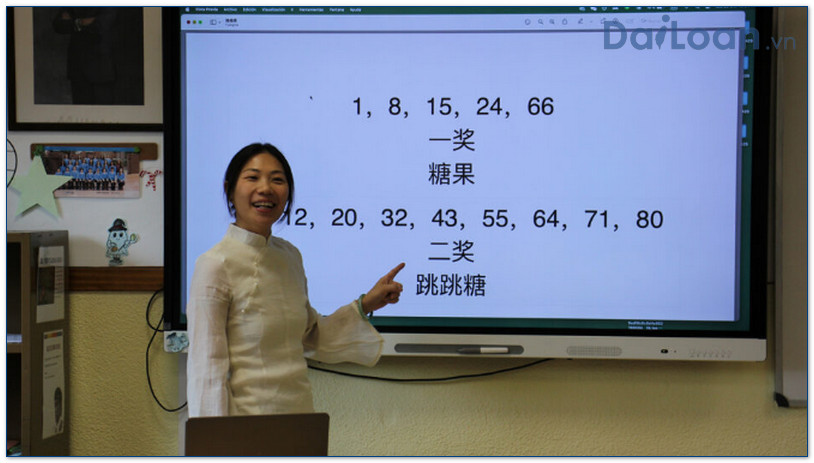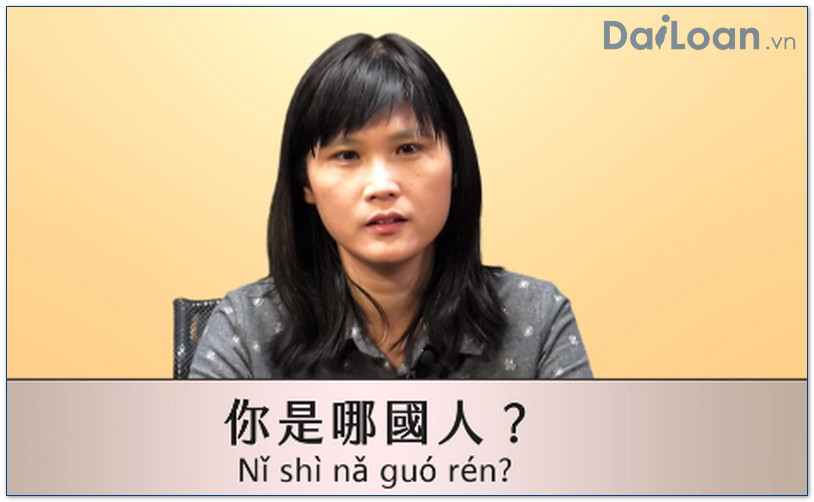Introduction to 首尾呼应
In the study of the Chinese language, certain idiomatic expressions provide significant insights into the art of communication and writing. One such phrase is 首尾呼应 (shǒu wěi hū yìng). This term encapsulates a vital rhetorical device that enhances the coherence and rhythm of communication in Chinese.
Meaning of 首尾呼应
首尾呼应 literally translates to “beginning and end echoing” or “beginning and end correspond.” This expression signifies a writing technique where the concept, theme, or motif presented at the beginning of a text is revisited or echoed at the end. This technique not only creates a sense of closure but also reinforces the message conveyed throughout the content.
Grammatical Structure of 首尾呼应
Breaking Down the Components
The phrase 首尾呼应 consists of four characters:
consists of four characters:
- 首 (shǒu): This character means “beginning” or “head.”
- 尾 (wěi): This means “end” or “tail.”
- 呼 (hū): This translates to “call” or “to echo.”
- 应 (yìng): This means “to respond” or “to correspond.”
When combined, these characters encapsulate the idea of creating harmonious connections between the start and conclusion of a narrative, offering a structural framework that is both aesthetically pleasing and intellectually satisfying.
How It Works in Sentences
The construction of 首尾呼应 typically involves thematic repetition or similar phrasing, thereby tying together various segments of discourse. This can be seen in poetry, essays, and speeches where the author strategically revisits main ideas to highlight their significance.
Example Sentences Using 首尾呼应
Examples in Context
To better illustrate how 首尾呼应 is employed in Chinese, consider the following examples:
- 作文中,首尾呼应让读者感到完整。 (In essays, 首尾呼应 gives readers a sense of completeness.)
- 她的演讲以首尾呼应的方式传递了强烈的信息。 (Her speech conveyed a strong message through the use of 首尾呼应.)
- 小说的结尾呼应了开头的主题。 (The ending of the novel echoed the theme of the beginning.)
- 诗歌中的首尾呼应增强了作品的韵律感。 (The 首尾呼应 in the poem enhances the rhythmic quality of the work.)
- 老师强调首尾呼应对写作的重要性。
 (The teacher emphasized the importance of 首尾呼应 in writing.)
(The teacher emphasized the importance of 首尾呼应 in writing.)
Conclusion
Understanding 首尾呼应 (shǒu wěi hū yìng) is crucial for those who wish to master the nuances of Chinese literature and rhetoric. As an effective device for creating unity and resonance in writing, it exemplifies the beauty of the language’s structure. By utilizing this technique, writers can significantly enhance the clarity and impact of their messages.

Sứ mệnh của Chuyên là giúp đỡ và truyền cảm hứng cho các bạn trẻ Việt Nam sang Đài Loan học tập, sinh sống và làm việc. Là cầu nối để lan tỏa giá trị tinh hoa nguồn nhân lực Việt Nam đến với Đài Loan và trên toàn cầu.
CÓ THỂ BẠN QUAN TÂM
Du học Đài Loan
Lao Động Đài Loan
Việc Làm Đài Loan
Đơn Hàng Đài Loan
Visa Đài Loan
Du Lịch Đài Loan
Tiếng Đài Loan
KẾT NỐI VỚI CHUYÊN
Zalo: https://zalo.me/0936126566
Website: www.dailoan.vn




